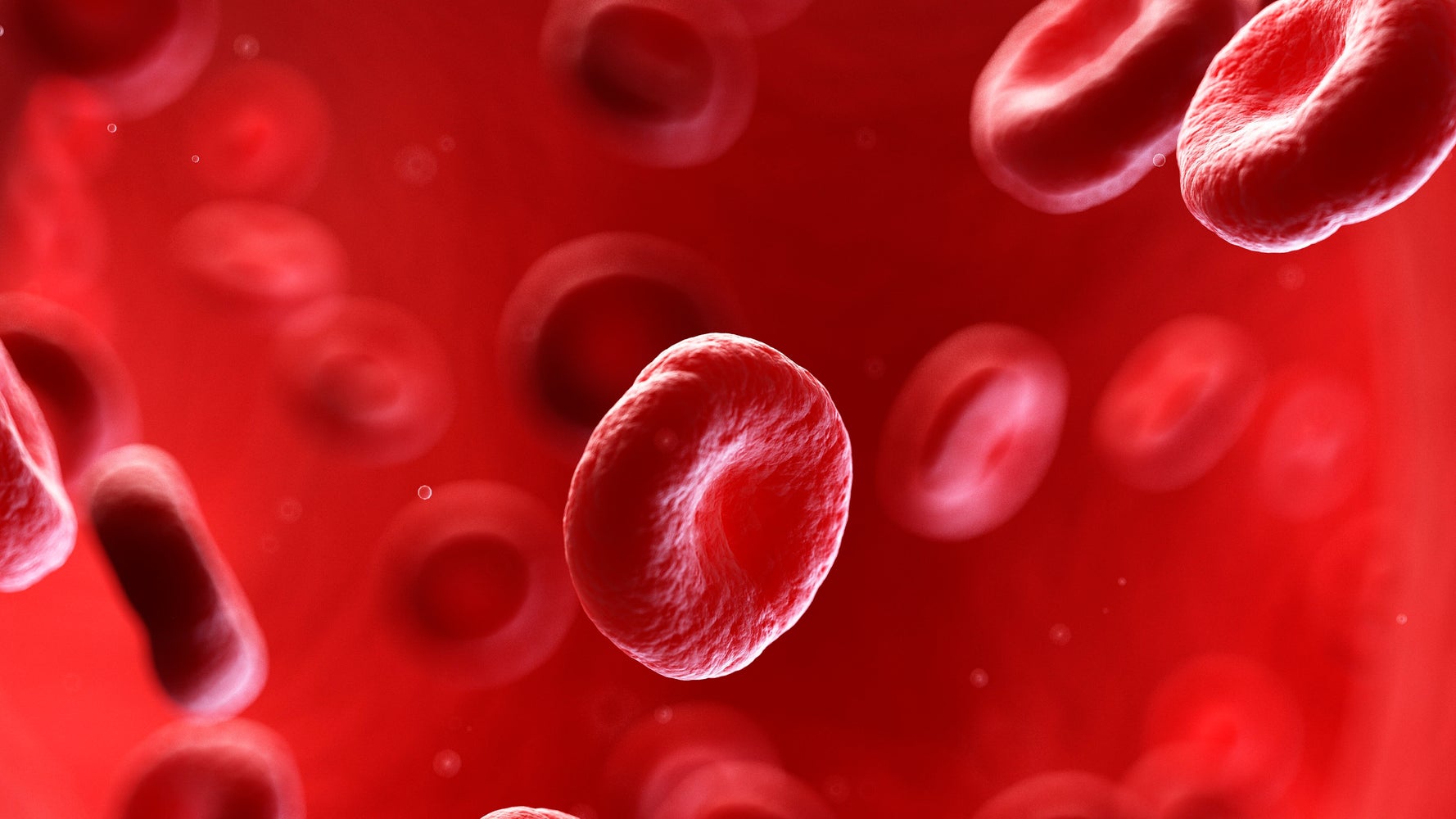
Most people probably don’t think about blood clots on a regular basis. But with reports of a small number of people developing blood clots after receiving the Johnson & Johnson or AstraZeneca COVID-19 vaccine, many people are now wondering what the warning signs are.
There are several varieties of blood clots, each with its own set of red flags and treatment options. They can form for a number of reasons, including medications, lifestyle factors, and other health conditions, and they can occur in different parts of the body.
That said, blood clots can cause serious damage or be fatal if not addressed. If you’re concerned – whether it’s from a vaccine or, more likely, from something else – read on for the signs to look out for and advice on what to do if you think you’re at risk.
Symptoms of blood clots
Blood clots can form in the veins or arteries. There are two main types of blood clots to be aware of, and each can lead to its own set of potential complications. One type is called a thrombus, which is a stationary clot. These block blood flow in the part of the body where the clot occurs. Another type, called an embolus, is a blood clot that can come off. These are particularly dangerous because they can travel to other parts of the body, such as the heart or lungs, and cause serious damage.
The symptoms of blood clots vary depending on the type. If the clot is stationary, such as deep vein thrombosis (a clot in your leg) you may experience:
- Heat and redness where the clot is located – usually in the leg or arm
- Swelling
- Pain near the site of the clot
- Numbness or weakness
- A change in your mental state
If the clot has traveled, leading to complications such as a pulmonary embolism (a clot that has moved to your lungs), you may develop symptoms including:
- Sudden shortness of breath
- A cough, with or without blood
- Clammy, pale or blue skin
- Excessive sweating
- Anxiety
- Weakness
- Nausea or vomiting
Blood clots can affect your arms, legs, heart, lungs, kidneys, and brain, depending on where they form and where they move in the bloodstream.
A handful of people who received the Johnson & Johnson vaccine developed complications from a clot from the veins near the brain called cerebral sinus vein thrombosis, or CVST. This problem is seen in conjunction with a low platelet count. (A few people who got the AstraZeneca injection got clots caused by the same problem, but since the AstraZeneca dose has not yet been approved for use in the United States, this story will focus on J&J.)
Symptoms related to this type of clot complication include a severe headache, abdominal pain, leg pain, or shortness of breath within three weeks of vaccination, according to the Centers for Disease Control and Prevention and the Food and Drug Administration.
A few important notes when it comes to the J&J vaccine: Post-injection blood clots appear to be extremely rare – so far only six reported cases of nearly 7 million doses of the vaccine have been distributed – and have occurred within 13 days after vaccination. You have a higher risk of blood clots from actual COVID-19 infection.
“Just remember that COVID-19 causes blood clots,” infectious disease expert Amesh Adalja told HuffPost for a separate story. “And COVID-19 causes blood clots at a faster rate than the vaccine.”
Experts stress that the vaccine could be a game changer for the pandemic, and a major reason for the disruption in distribution is to educate health care providers on how to recognize, treat and report the problem. Don’t let this stop you from getting a coronavirus vaccination.

What to do if you think you have a blood clot – and how to prevent it
First and foremost, seek immediate medical attention. Blood clots can be serious or fatal, so if you suspect you have one, it’s critical that you address it. When in doubt, call 911 or go to the emergency room, especially if you have the above symptoms along with chest pain or trouble breathing.
Once you are with a health care provider, you should notify them of a history of any medical conditions, medications, or recent vaccinations. This is especially important if you’ve just received the Johnson & Johnson COVID-19 vaccine, because the treatment for that particular clotting problem is different from what doctors normally do to address blood clots.
Long-term, talk to your doctor about reducing your overall risk of blood clots. Also tell them about any family history of the problem.
Certain lifestyle factors can increase your risk of blood clots. For example, if you are inactive or immobile for a long time, such as on a long flight or while lying in bed, this can contribute. Smoking and obesity can also increase your risk.
Medicines such as birth control and some HIV treatments list blood clots as a possible side effect. Conditions such as autoimmune diseases, pregnancy, and cancer have also been linked to clotting, according to the American Heart Association.
If you are traveling or in a situation where you will be immobile for a long time, make sure to exercise, stretch and move your legs regularly to improve blood flow, especially in your calves. You may also benefit from wearing compression stockings. Consult your doctor about other prevention methods. Depending on your health history and current diagnoses, your doctor can suggest specific treatment pathways that can help you address these potential complications. This can include diet, exercise, medication, or all of the above.
If you suspect you are dealing with a blood clot, don’t delay. It is better to deal with what turns out to be nothing than to ignore what turns out to be something. And it pays to be vigilant about your health.